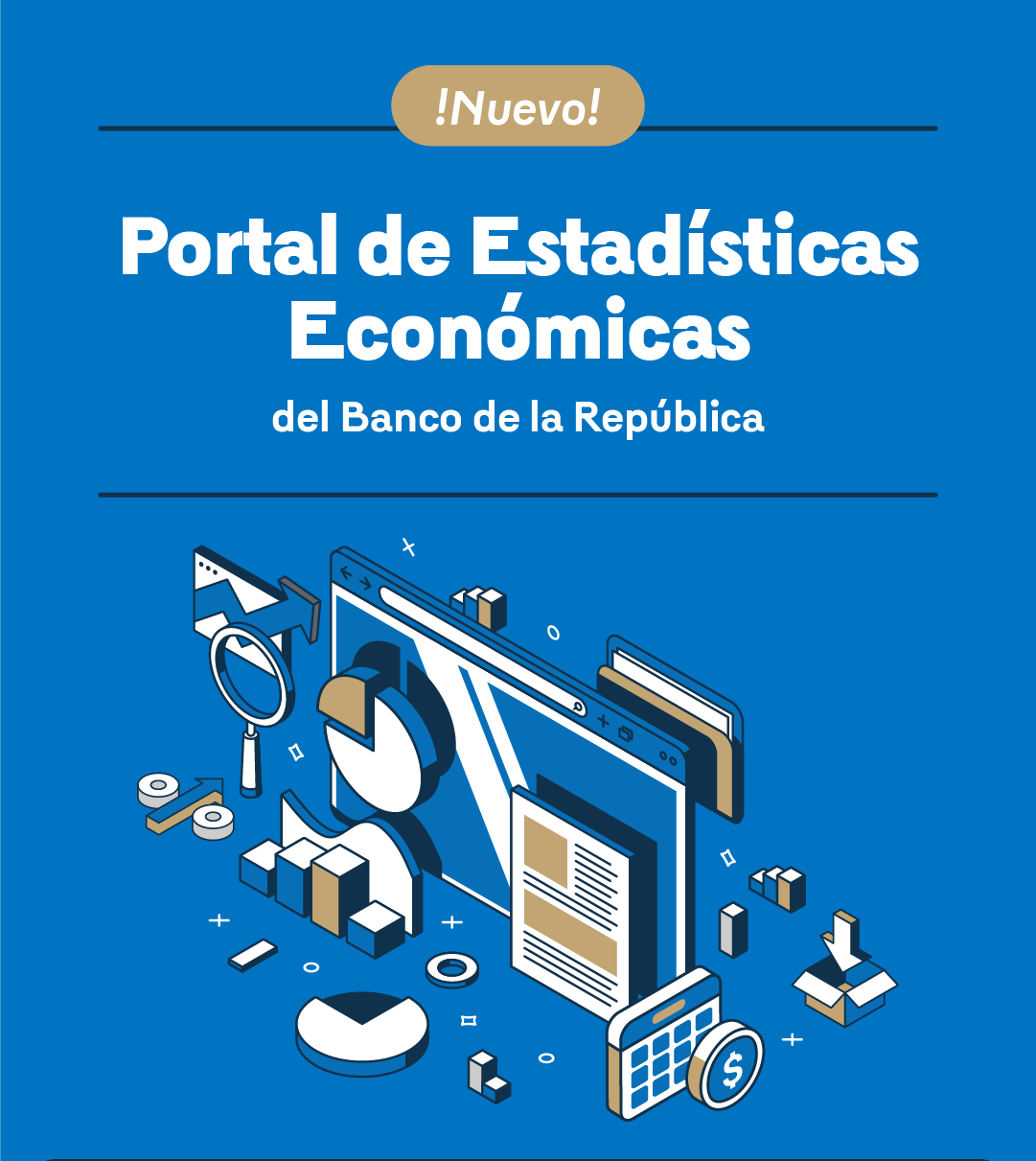Essays on Economic Policy (ESPE in Spanish) - Testing the Short-and-Long-Run Exchange Rate Effects on the Trade Balance: The Case of Colombia
In the journal Essays on Economic Policy (ESPE) - we disclose the results and policy proposals that arise from academic research carried out at the Banco de la República. When you read us, always keep in mind that the content of our articles, as well as the analyzes and conclusions derived from them, are the sole responsibility of their authors. The material disclosed in our ESPE magazine does not compromise or represent the opinion of Banco de la República or that of its Board of Directors.
The primary objective of this paper is to examine the role of the exchange rate in determining short-and-long-run trade balance behavior for Colombia in a model which includes money and income. That is, the aim is to examine whether the trade balance ¡is affected by the exchange rate and whether hypotheses such as the BRM or the Marshall-Lerner conditions, the same than J-curve type of hypotheses, hold for the current data. In addition, to test the empirical relevance of the absorption and monetary approaches for the current data.
Studying the relationship between trade balance and the exchange rate is especially important for many developing economies where trade flows continue to drive balance of payments accounts due to the low development of capital markets. In addition, exchange rate behavior, whether determined by exogenous or endogenous shocks or by policy, has been a common, yet controversial, policy issue in most of those countries. Economic authorities in developing countries have repeatedly resorted to nominal devaluations as a means to correct external imbalances and/or misalignments of the real exchange rate, to increase competitiveness, to increase revenues, to be a key element of adjustment programs, and/or to respond to pressures from interest groups (exporters, bureaucracy, etc.), The decision to devalue has been taken many times even if the devaluation might cause inflationary spirals, domestic market distortions, disruptive effects on growth, and undesirable redistributive effects.

































































